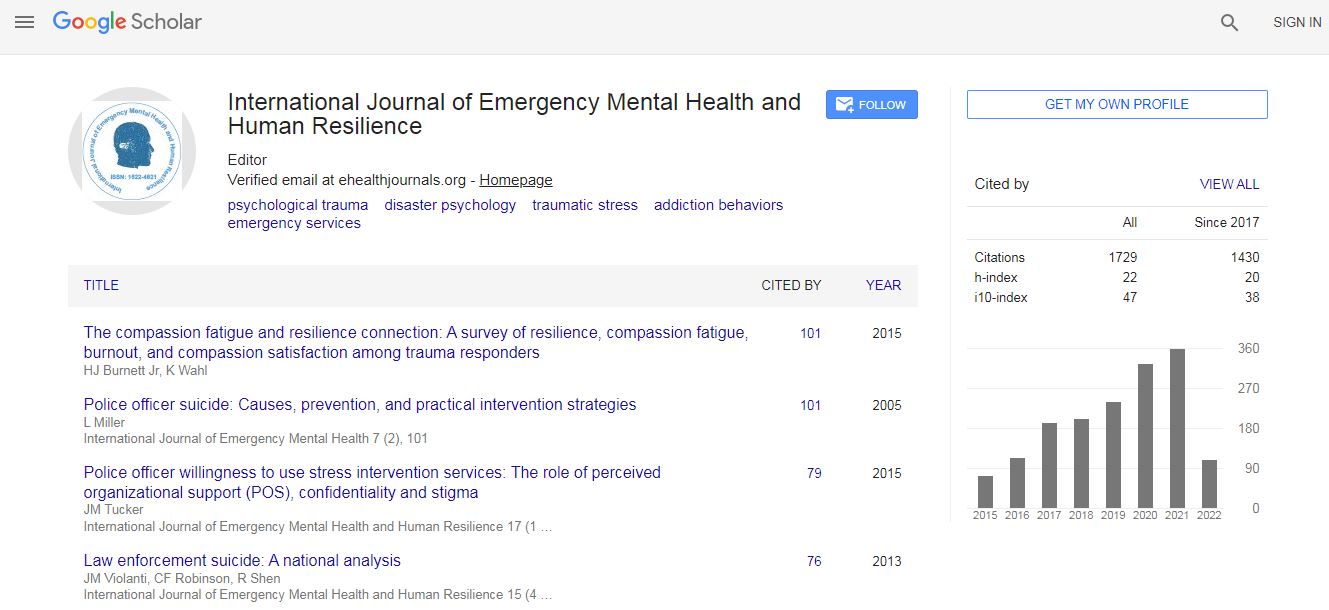Review Article
Most Common Side Effects of Clozapine and Their Management
Mohammad Masud Iqbal1, Shivale Swati2, Alka Aneja3*, Mohammad Touhid Iqbal4, Esha Aneja5, Sumala Haque61Central New York Psychiatric Center, New York, USA
2State University of New York (SUNY) Upstate Medic York, USA
3Department of Human Services, Atlanta, GA, USA
4State University of New York (SUNY) Buffalo, NY, USA
5Dougherty Valley High School, CA, USA
6University of Southern California, Los Angeles, USA
- Corresponding Author:
- Alka Aneja
Department of Human Services, Atlanta, GA, USA
E-mail: Alka.Aneja@dsh.ca.gov
Abstract
Clozapine is a novel, unique and oldest second generation (atypical) antipsychotic agent, first introduced in 1970s in the European market in under trade name, Leponex but has been withdrawn years in 1974 due to development of severe neutropenia (agranulocytosis) resulting in cluster of deaths. It was reintroduced in the early 1990s in United States under trade name, Clozaril by U.S. Food and drug Administration (FDA) for use in treatment resistant schizophrenia in adults and for reduction of risk of persistent suicidal ideation or aggressive behavior in schizophrenic patients. As of today, Clozapine remains the most effective antipsychotic available in reducing both positive and negative symptoms in patients with schizophrenia who fail to respond to typical antipsychotic agent, treating affective disorders, some neurological disorders, aggression, as well as psychosis in patients with dementia and parkinsonism. Most side effects associated with clozapine in general are typically benign, tolerable, and manageable.

 Spanish
Spanish  Chinese
Chinese  Russian
Russian  German
German  French
French  Japanese
Japanese  Portuguese
Portuguese  Hindi
Hindi 